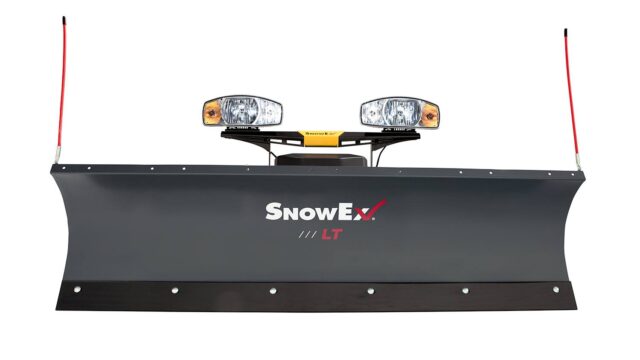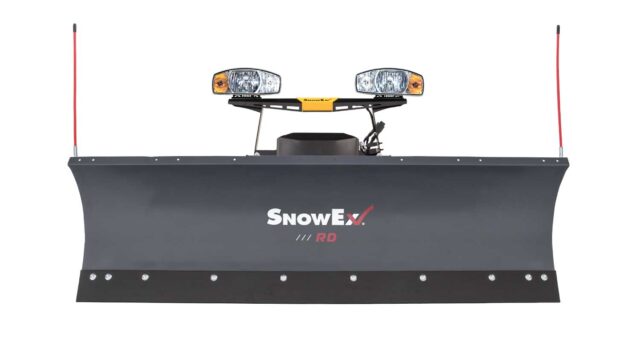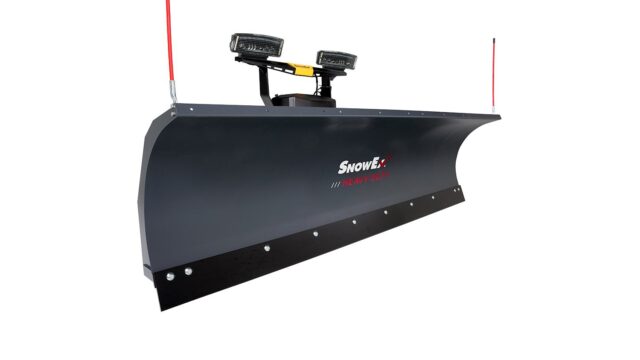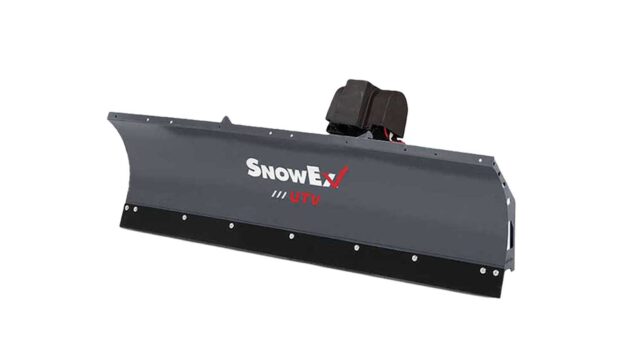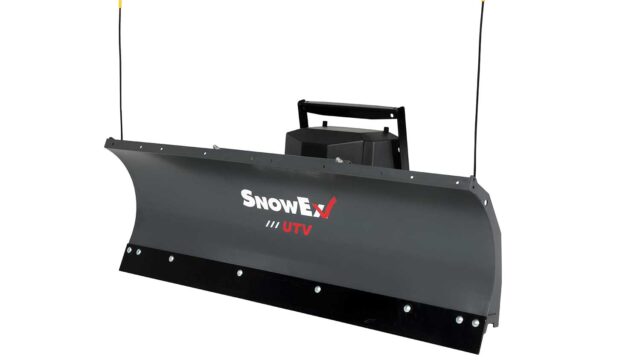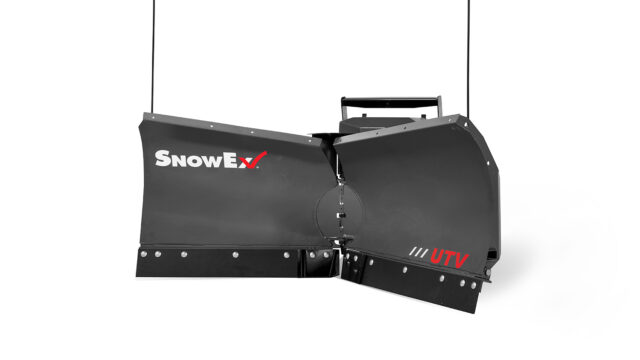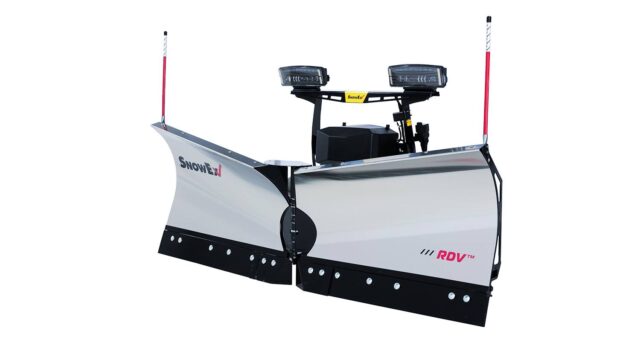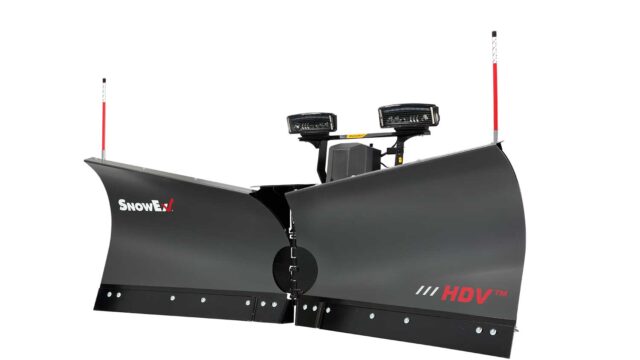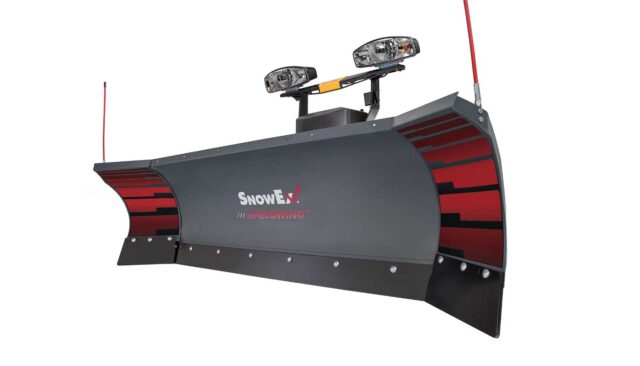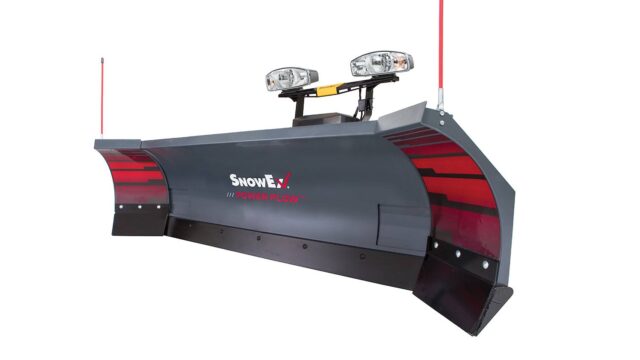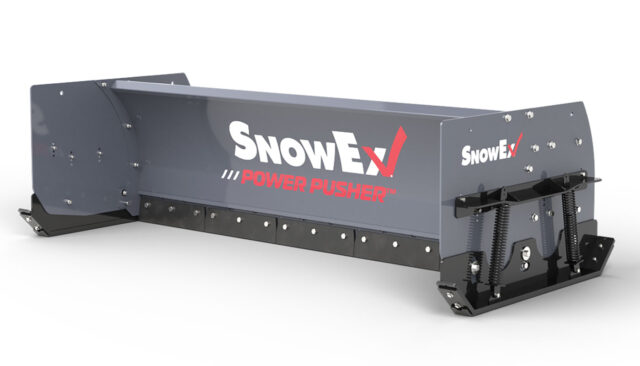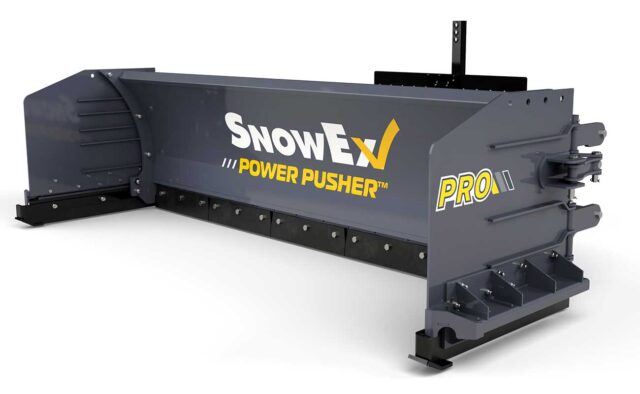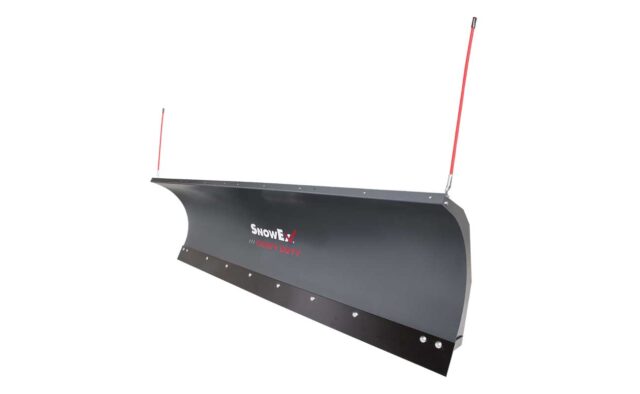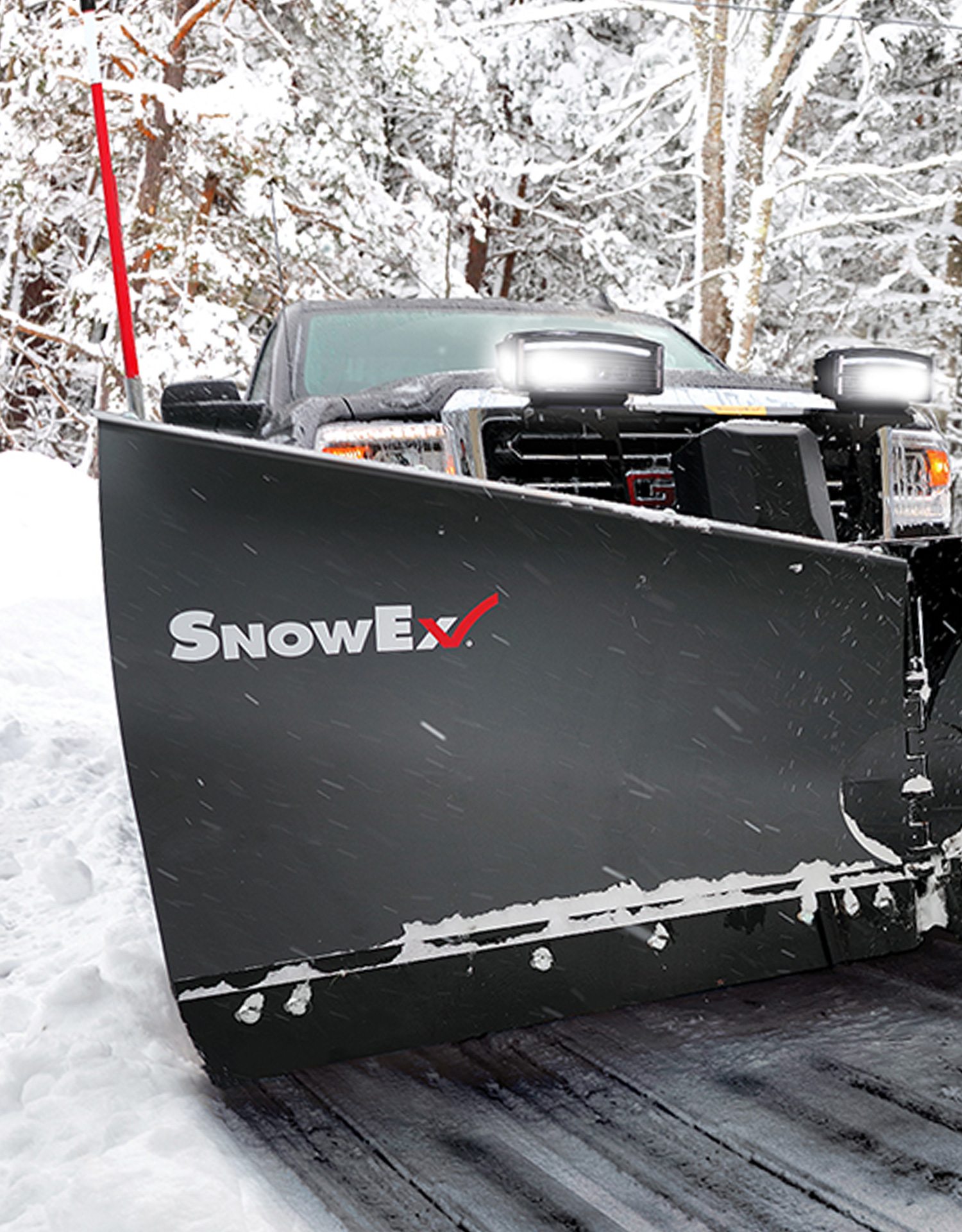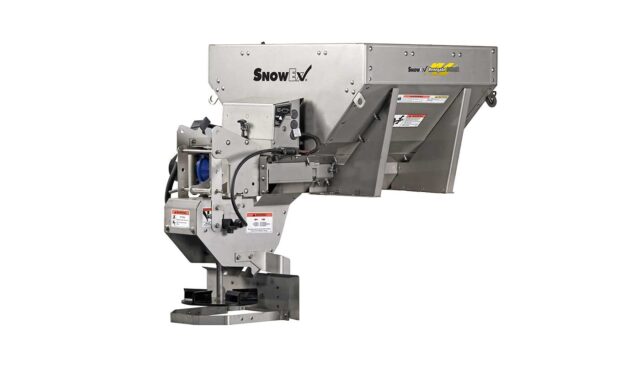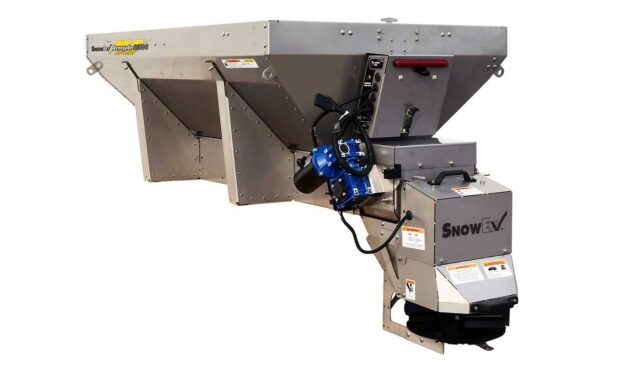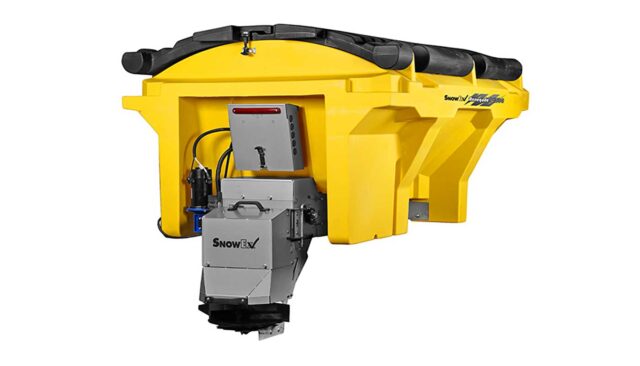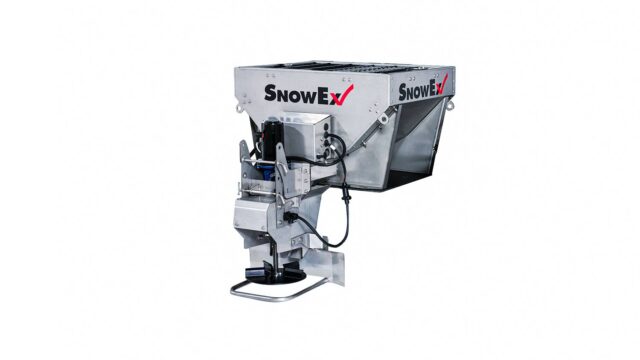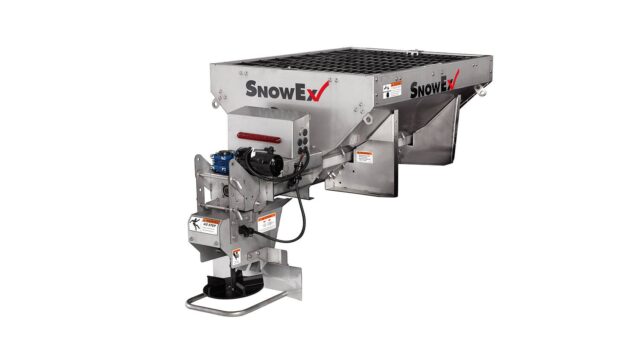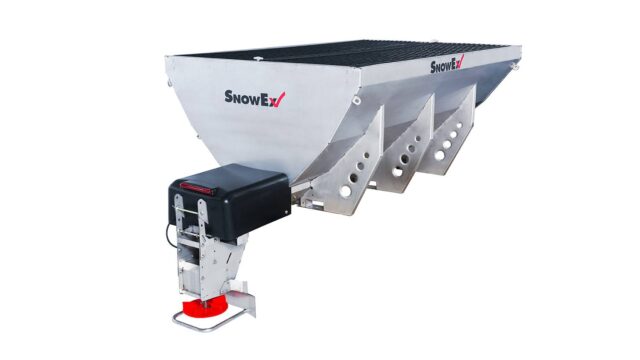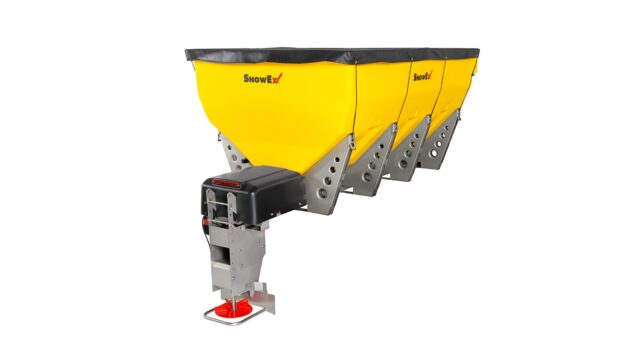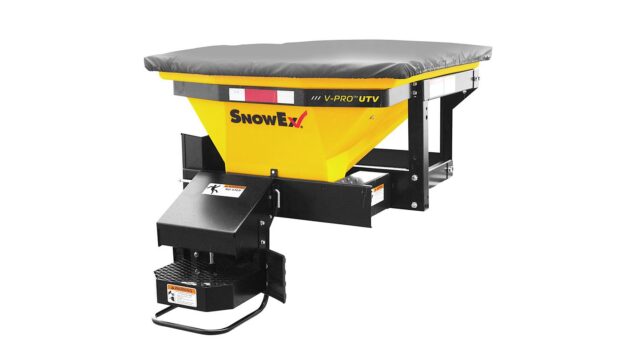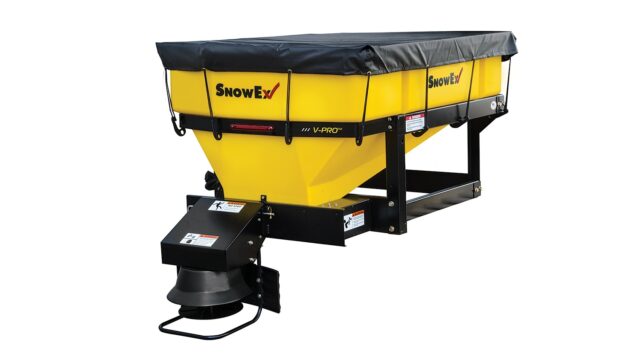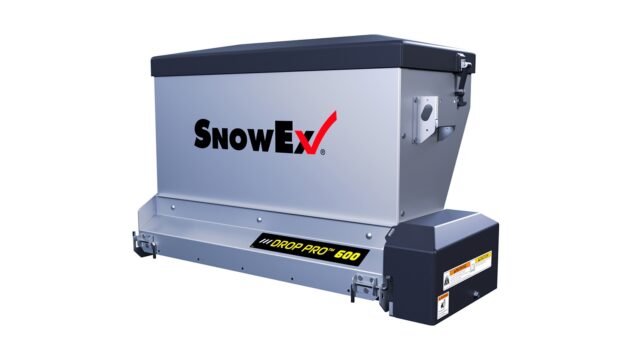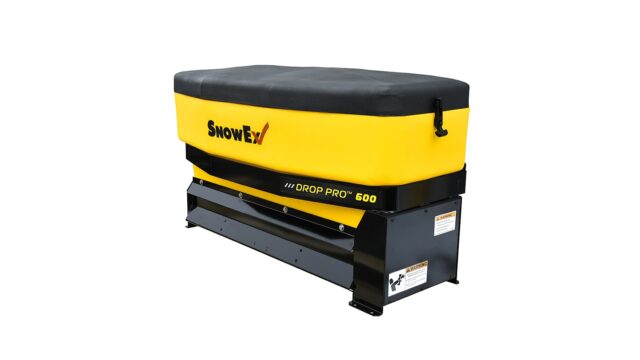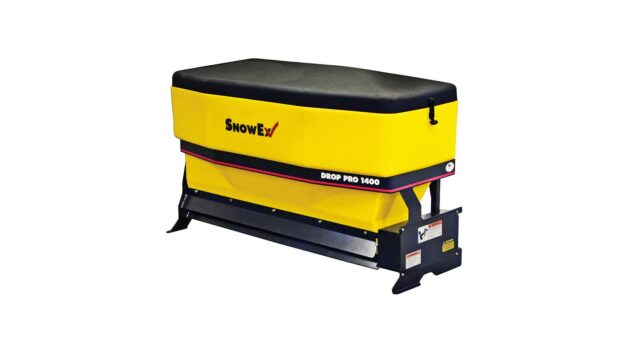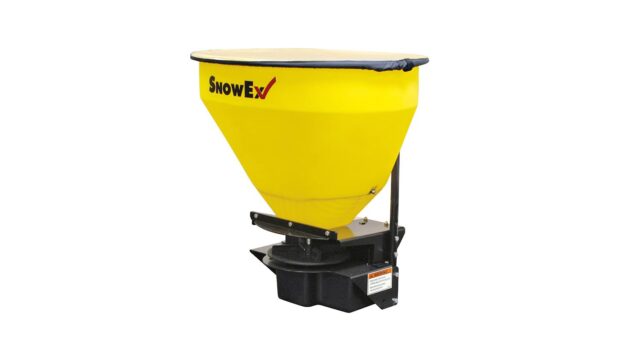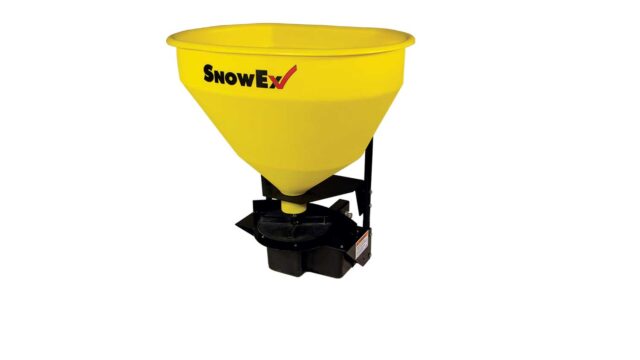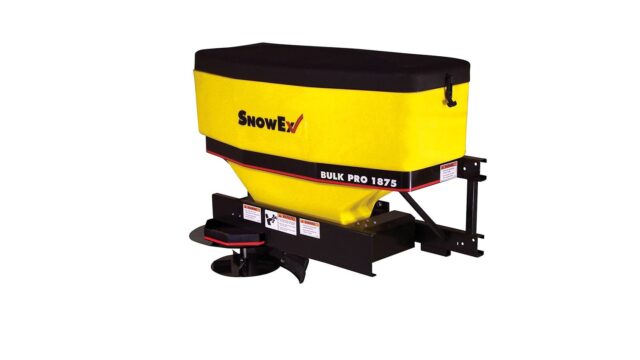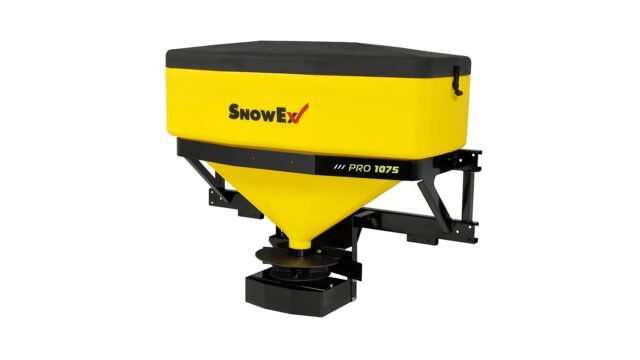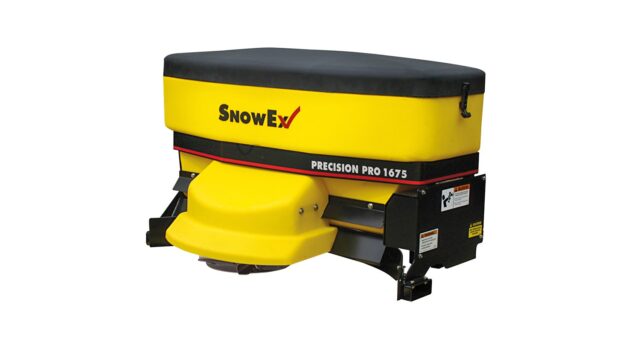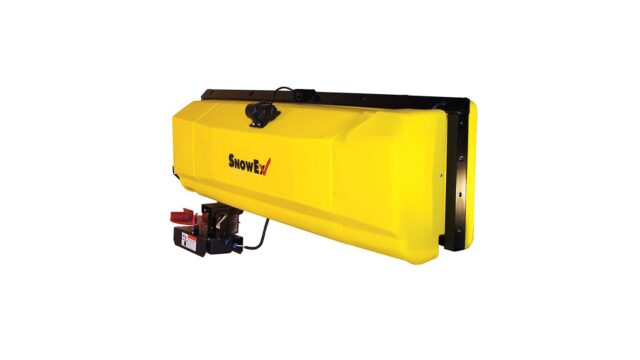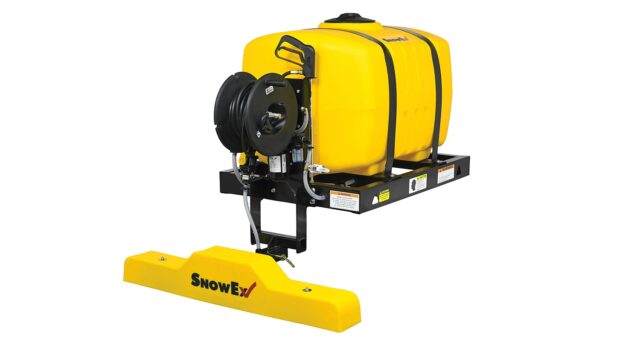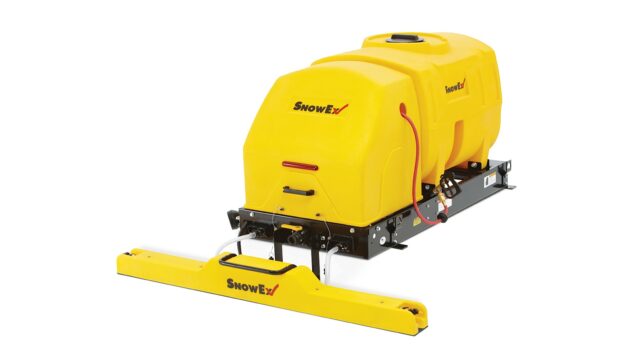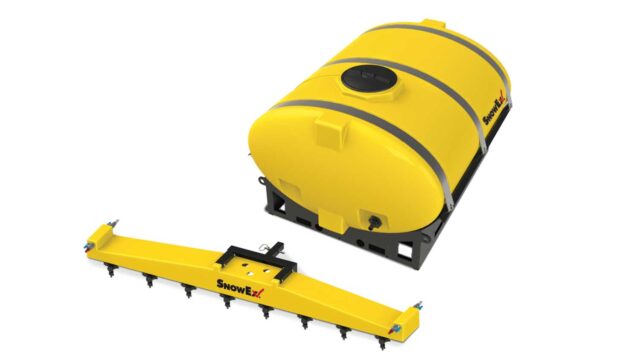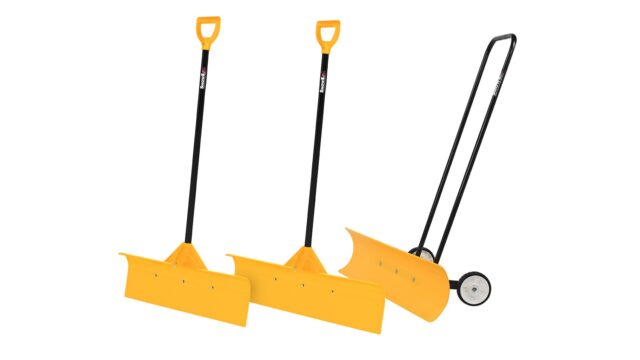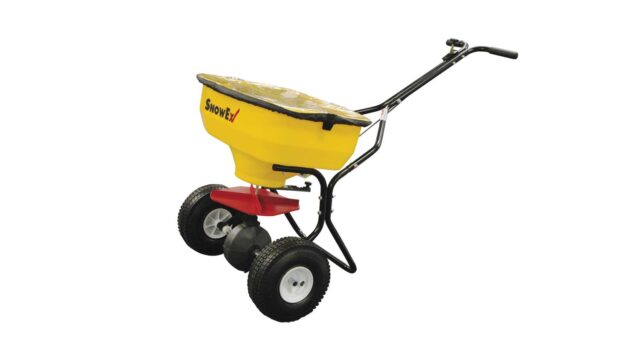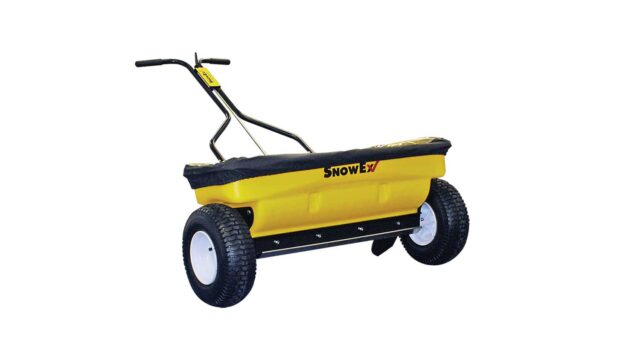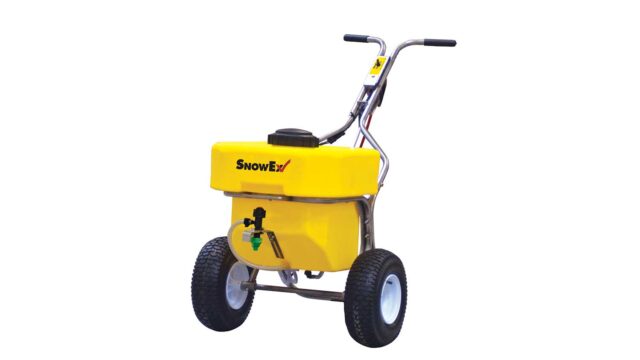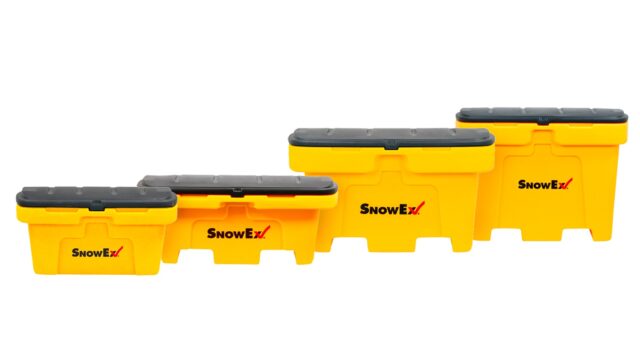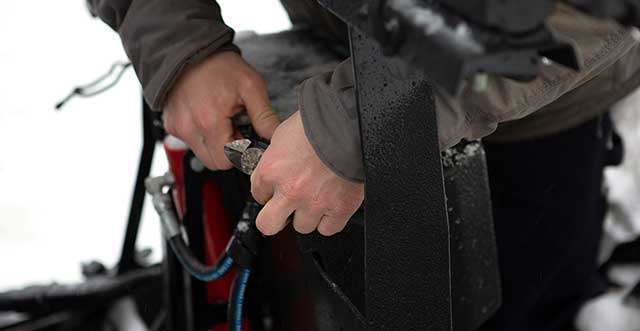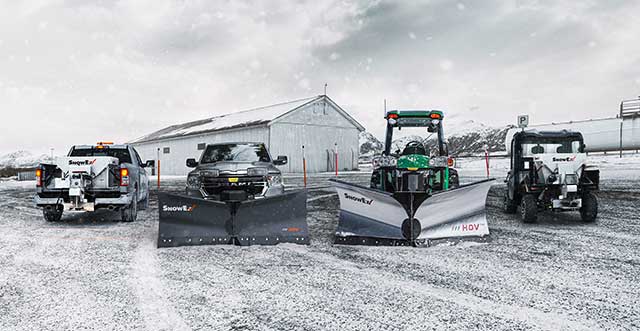Determining Which Property to Service First FOR SNOW & ICE CONTROL
Created March 14, 2020
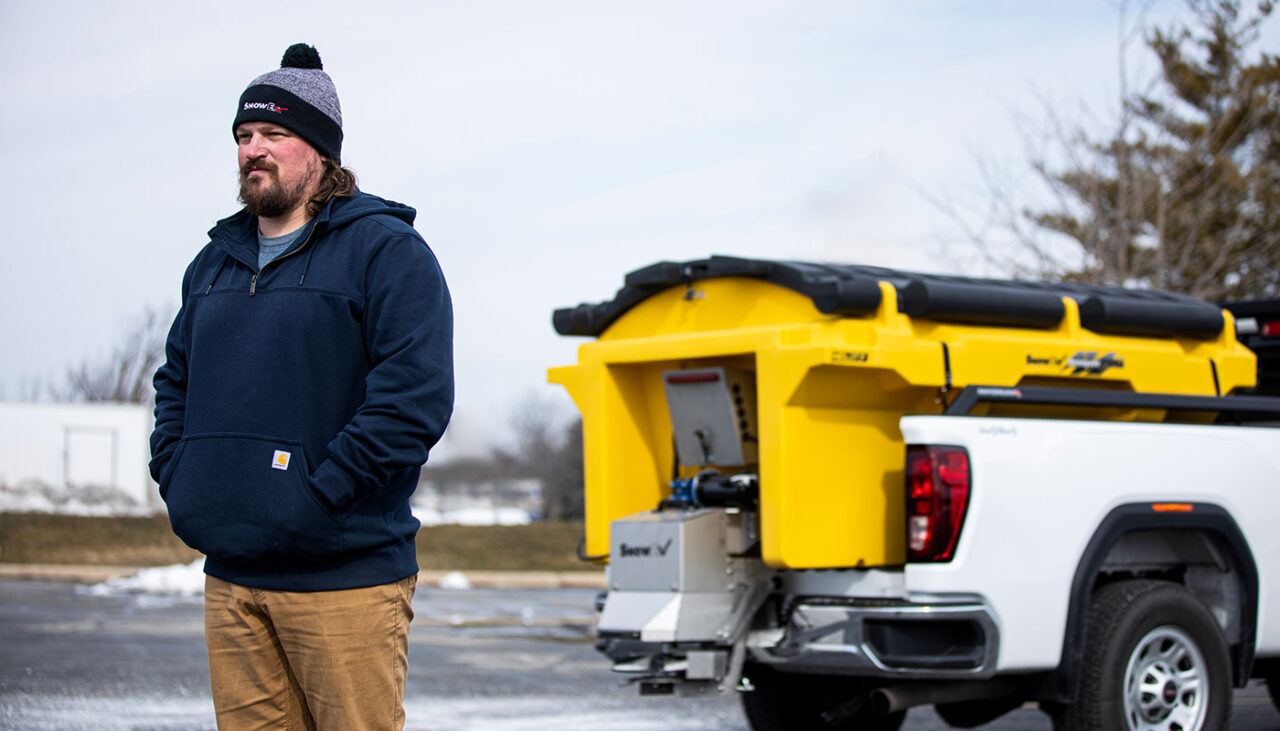
Balancing multiple client demands can be challenging, especially during snow events where everyone wants immediate service. Having a clear, predefined plan helps avoid chaos and angry calls from customers asking, “Why aren’t you here yet?”
If a customer needs to ask such a question, it’s a good indication that the contractor hasn’t clearly communicated or created a protocol for working with that customer. To be successful, contractors must establish realistic expectations — both for their customers and themselves — well before winter hits.
Determining PRIORITY CUSTOMERS
When prospecting new snow and ice management accounts, contractors will often talk to potential customers who specify that they want their snow cleared by a specific time. But it’s nearly impossible for a contractor to give such a guarantee, simply because no one knows exactly when it’s going to snow. There’s also no possible way to be everywhere at once. The reality is that some customers will get service more quickly than others.
Assess Property Types & Locations
- Concentrate Accounts—Keep service areas tightly grouped to reduce travel time.
- Choose a Niche—Focus on specific property types (e.g., shopping centers or office complexes).
- Avoid Overcommitting—Select clients strategically based on capacity to ensure timely service.
Balance Risk & Profitability
- Don’t rely on a few large accounts—spread risk across multiple small- to mid-sized clients.
- Offer different service levels—cater to various needs without compromising core accounts.
Implement a Priority System: Retainer vs. Deposit Customers
Establish a structured approach using a Retainer and Deposit System. Combining these tactics is an ideal way for contractors to realistically control and spread out workload. By pre-defining customer expectations and establishing priority-one and priority-two timing, a contractor can grow his customer base to a reasonable level, and without promising too much to too many.
First Priority (Retainer Customers)
Under this system, customers are given the option to pay a monthly retainer in order to gain priority status during a snow event. The retainer is based on the price of one performed service, along with the average number of plowing events that can be expected in a given market.
- Pros: Stable income, typically secure up-front payment, low risk for contractor in low snowfall year.
- Cons: High expectations, contractors must deliver as promised on guaranteed response times.
EXAMPLE: Service Price x Plowing Events / Likely Snow Months = Monthly Retainer
If the fee for one service is $100 and you usually experience about 12 snow events, the total retainer for the winter would be $1,200. Since that covers a four-month period, each month’s retainer would be $300.
Second Priority (Deposit Customers)
Some customers are leery about paying a retainer and possibly losing out on money if snow events are less than expected. However, these people still would like to have a contractor in place so when a snow event does occur, they don’t have to get on the phone to track someone down. For these customers, a seasonal deposit system could be offered.
- Pros: Flexible payment structure, many of these customers don’t have urgent needs for plowing and de-icing service.
- Cons: Revenue dependent on snowfall, could be very minimal in a low snowfall year. Ideal to have a diverse client base of retainer and deposit customers.
Like a retainer system, a deposit system uses the service price and expected number of plowing events as starting points. However, while a retainer customer pays a fee to cover specified months, a deposit customer will pay whenever necessary.
MAXIMIZE PROFITS BY SETTING CLEAR EXPECTATIONS
By using the retainer and deposit system, you can easily set clear customer priorities and service expectations. Keep expectations realistic and focus on providing exceptional service to a manageable number of clients. Regularly communicate changes, updates in service timing, and limitations upfront to prevent overpromising and underdelivering.
- Plan Routes & Schedules: Determine the maximum number of accounts your team can handle without compromising quality. Group accounts logically to minimize driving time and fuel costs.
- Prioritize Properties Based on Time of Snowfall: If a snow event starts at night, service priority-two accounts first, so priority-one clients get cleared right before opening hours.
- Use Customer-Specific Knowledge: Know operating hours, special needs, and critical areas for each client. If it’s been pre-determined that some accounts will have their businesses closed for the holidays, their service can be pushed back and another client can get faster service.
- Maximize Crew Efficiency: For smaller crews, plow first and cleanup and do sidewalks later. If you have the manpower to have a dedicated sidewalk or cleanup crew, ensure plow operators are focusing solely on clearing as many lots, as soon as possible. Then have your cleanup crew come in and tidy up, do the sidewalks, and salt if needed.
It’s absolutely critical that contractors protect themselves from being unnecessarily exposed to liability. No matter what system you employ for your business and no matter what agreements you have in place, be sure to get contracts in writing.
FINAL Tips for Success
Establishing a clear priority service plan ensures smoother operations and happier customers. With a well-structured system and efficient practices, you can optimize service delivery, maintain profitability, and grow your business sustainably—even when the snow hits unexpectedly.
